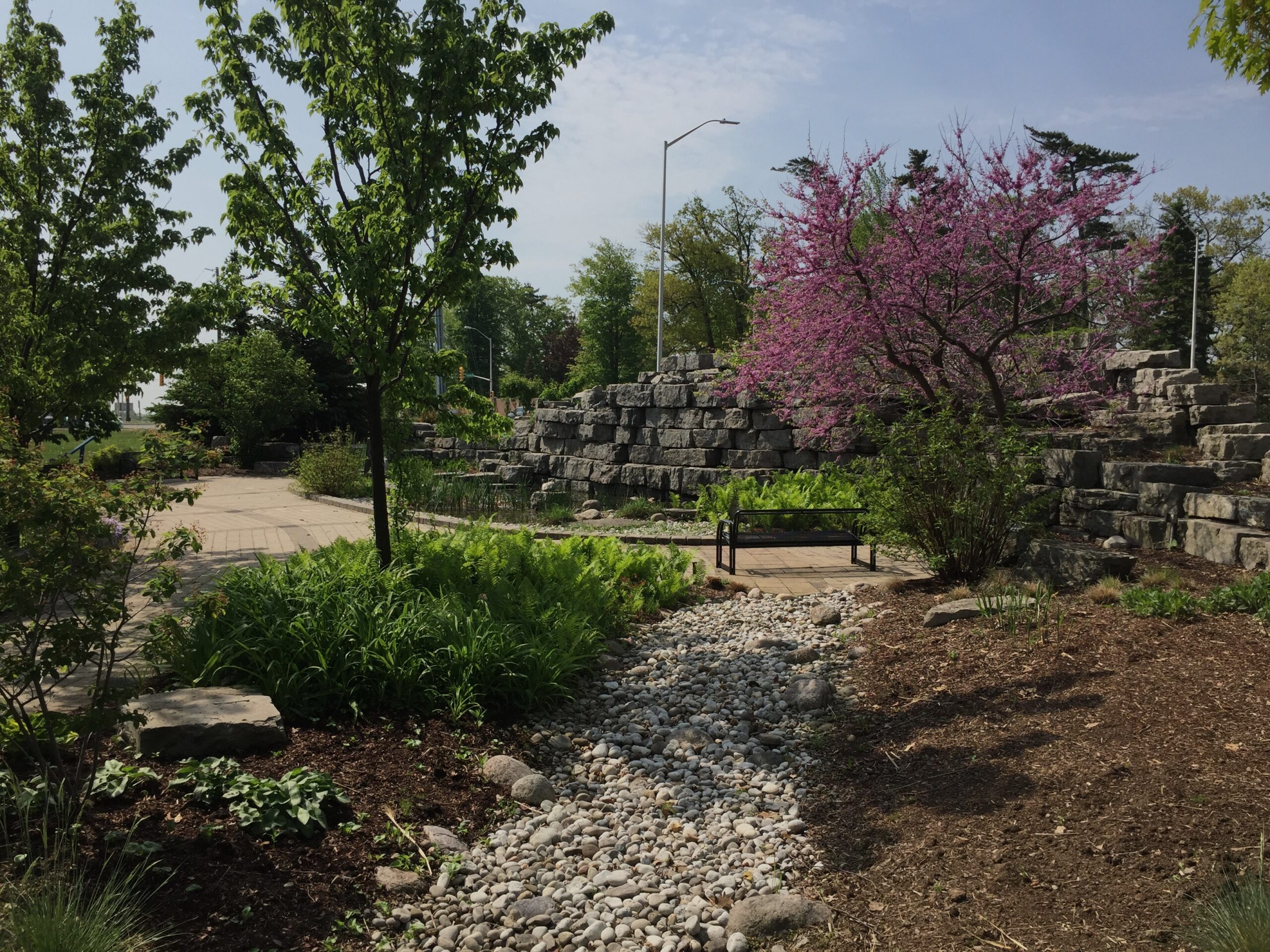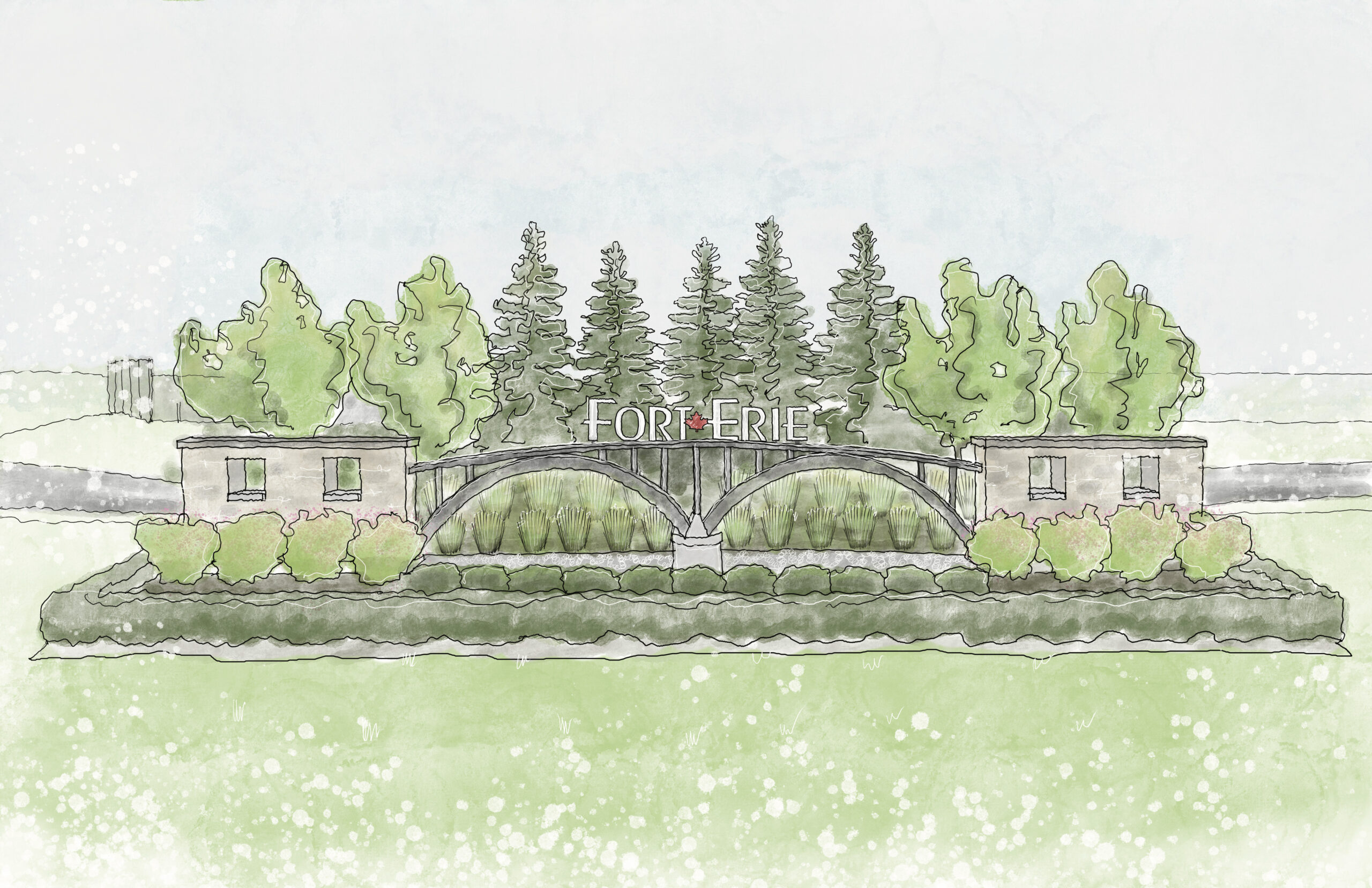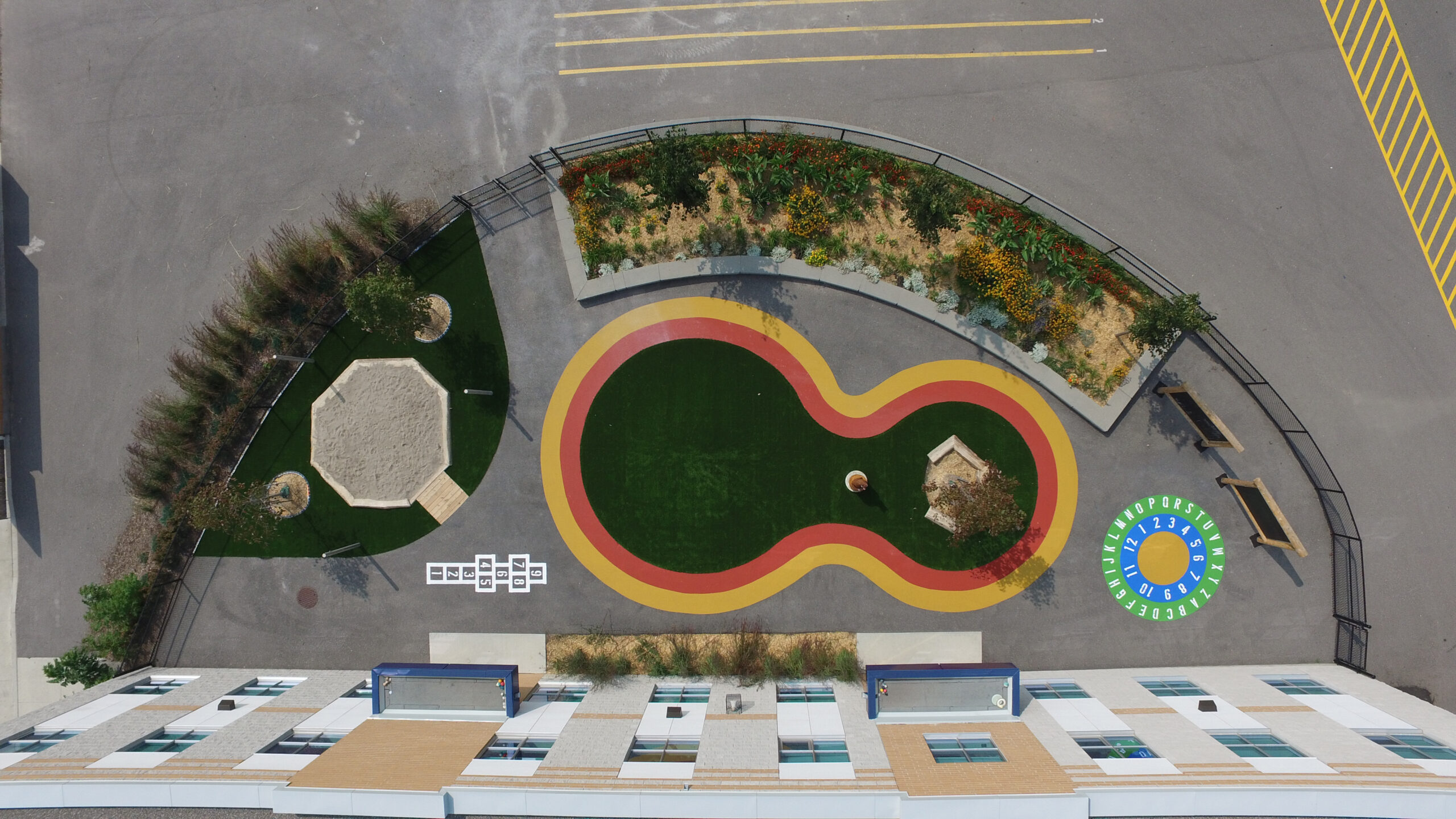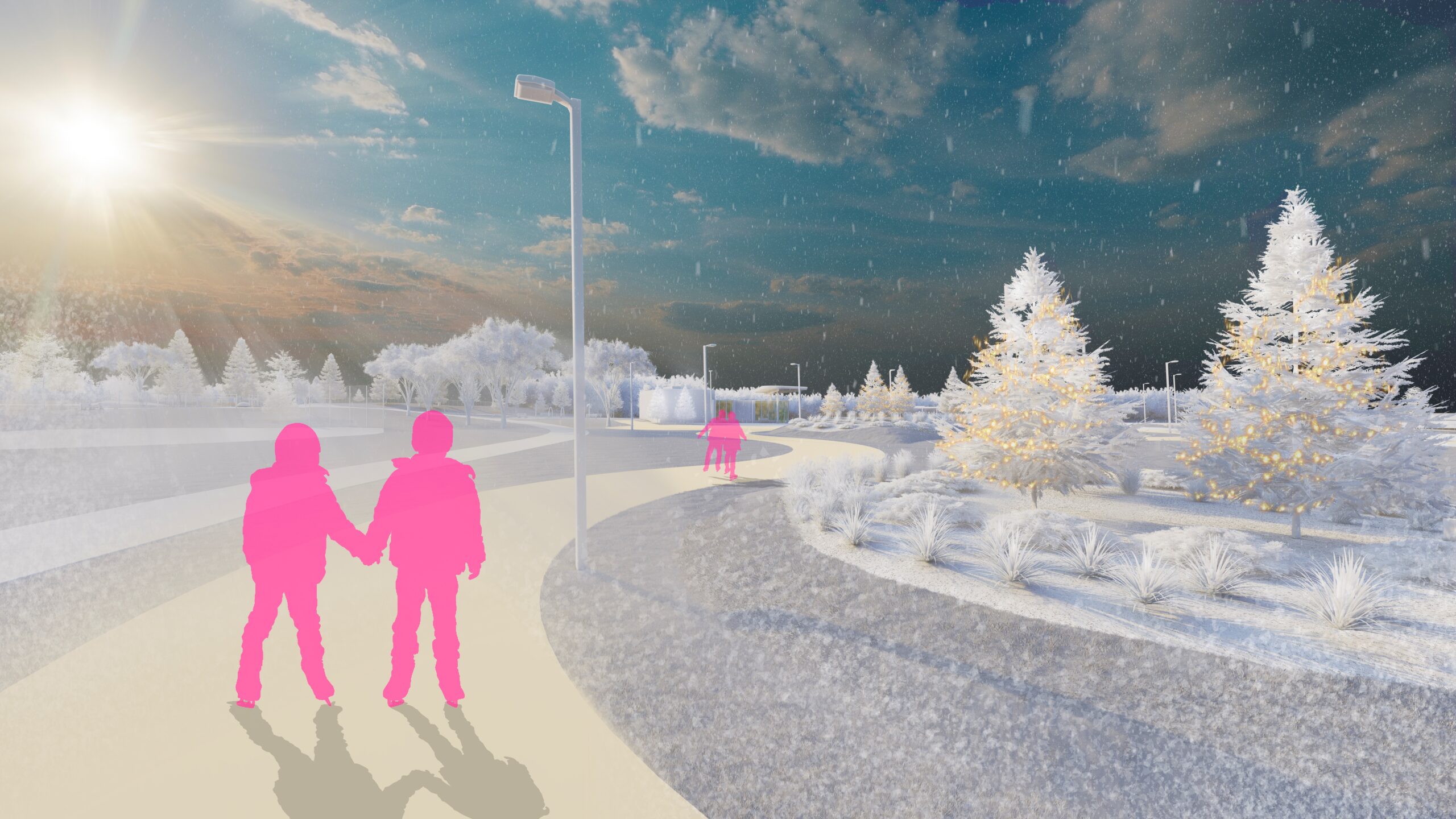
Binbrook Library
Binbrook, ON.
INSTITUTIONAL // RECREATIONAL
The form and interior of this new community library branch were designed to pay homage to the agricultural history of Binbrook. Responding to its past and present vernacular culture, the building takes on the form of two stylized barn structures connected by a glass box. Special attention was paid to the volume of the barns to ensure they don’t overwhelm the neighbouring buildings. Respecting the library as a critical component of the community, the design provides a strong relationship between building and street. Transparent views throughout the interior promote opportunities for connection to public spaces designed to support social interaction.
The library facilities include quiet study rooms, computer labs, and multi-use spaces that respond to evolving user needs. Outdoor facilities include a central courtyard space for reading, author reading, and events. With a flat smoothness underfoot, the drama happens above. The exterior shape of the building lends itself to an undulating ceiling-scape, allowing the visitor to experience the rhythm of compression and expansion while walking through a simple open floor space. Flat ceilings with white oak slats and acoustic lining provide warmth and human scale while the soaring white vaulted ceilings lift the spirit. The neutral and minimalistic interior finishes and colours are contrasted by 2 murals that are collages of historic photos from the local archives.
Photo credit: Invizij Architects








